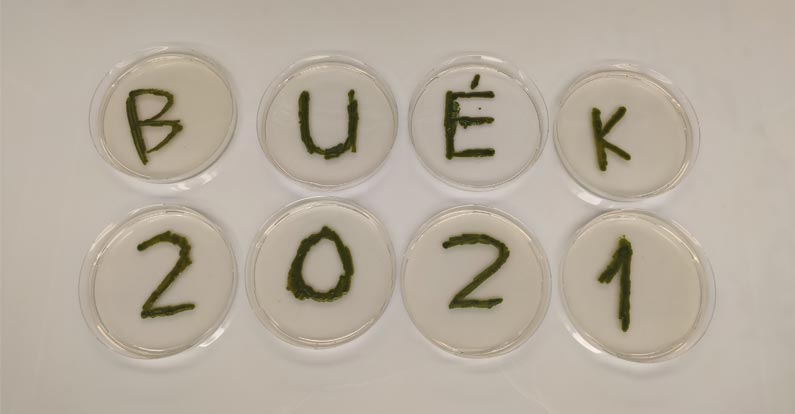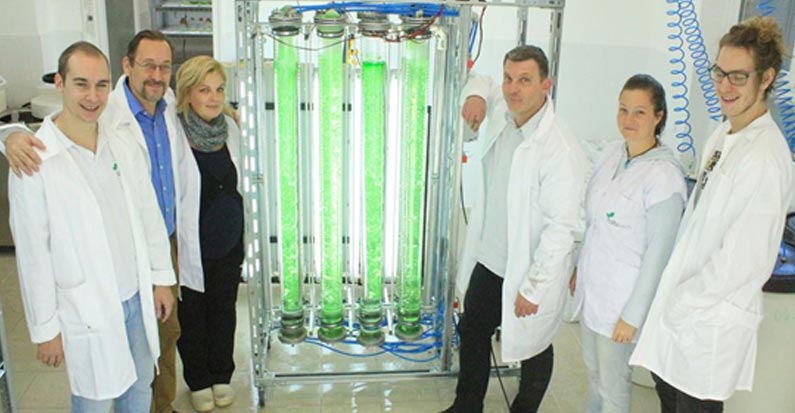Daniela Trifan 1, 2, Marcel Bularda 1,3
1 Research Department, Agricultural Research and Development Station of Braila, Sos. Vizirului, km. 9, Braila, Romania.
2 Agrochemical Laboratory, BRAICOOP Agricultural Cooperative, No. 38, Imparatul Traian Street, Braila, Romania
3 Agriculture Department, “Dunarea de Jos” University of Galati, Engineering and Agronomy Faculty of Braila, No. 29, Calea Calarasilor, Braila, Romania
Abstract
Experience with bio-fertilizers included two sub-experiences,with maize and sunflower. Placing of experiences was performed by
the method of Latin,rectangle in three repetitions, on Braila Plain, Romania, in 2014 year. The biological products used were Bactofil and
Algafix, in four doses (V2 – Bactofil 285g / ha + Algafix 1.5 l / ha; V3 – Bactofil 500g / ha + Algafix 2 l / ha; V4 – Bactofil 571g / ha +
Algafix 2.5 l / ha; V5 – Bactofil 642,8g / ha + Algafix 3 l / ha). The control was variant without fertilizers. Biometric measurements were
performed throughout the growing period and at harvest were determined elements of productivity and average production to determine
optimal doses for increased production in terms of quantity and quality.
Keywords: bio-fertilizers, doses, corn, sunflower, yield.
INTRODUCTION
The importance of biological fertilization increases continuously to practice sustainable agriculture and decrease environmental pollution. The specific consumption of nutrients for the species studied is very big: corn consumed 27.5 kg N, P2O5 and 16.5 kg K2O 12.5kg and sunflower consumed 36.5kg N, P2O5 and 50.0 kg 17.5kg K2O per ton of main and secondary crop (Davidescu, 1999). In case of using organic products, these doses decreased significantly (Trifan, 2015). Maize and sunflower are very important in world agriculture, but requires knowledge about growing areas of hybrids and varieties, about fertilization and the sowing and harmonization of ecological factors with rational use of technological measures specific to each culture, while also improving the physic, chemical and biological parameters of soil and implementation of incentive income for farmers (Rinchita, 2008).
Read full post. Click here for download in .pdf format.




